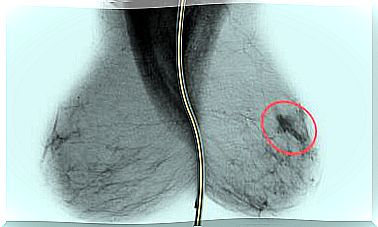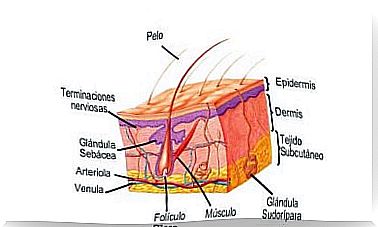Goodbye Insomnia With These 5 Breathing Techniques: Very Effective!
Many of the tensions that we accumulate throughout the day are concentrated at night like a complex ball that shapes insomnia and our inability to get a deep, restorative rest.
While it is true that this disorder can be the result of many other factors (chronic pain, age or our unhealthy lifestyle habits), in general, this inability to enjoy adequate rest is due to our stress or anxiety .
Be that as it may, something as easy as taking care of our routines a little better and practicing these simple breathing techniques that we now explain to you just before going to sleep can bring us that calm and that internal harmony that also helps our brain prepare for rest. .
It doesn’t matter what the source of our insomnia is. If you incorporate these breathing exercises into your life just one hour before going to bed, you will notice the benefits every day.
1. Concentrated breathing to end insomnia
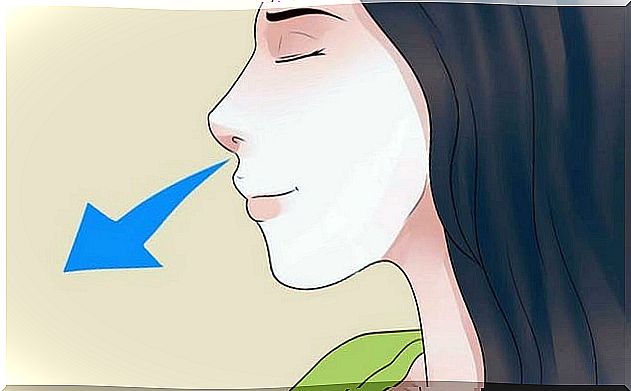
This type of breathing is, without a doubt, one of the simplest and at the same time useful for concentrating our attention on a single aspect: the breath itself.
In this way, we “evaporate” the worries of the day and manage stress better. Follow these simple steps:
- Sit on the bed, with your back straight.
- Try to wear comfortable, wide, comfortable clothing.
- Inhale deeply through your nose, counting your breath.
- Hold the oxygen for three seconds, then breathe out.
- Do it 8 times.
This would be the scheme: I take air (1) -I hold it-I exhale, I take air (2) -I hold it, I exhale, I take air (3) -I hold it-I exhale …
After that cycle of 8 deep breaths, relax for 5 minutes and repeat it again.
2. Diaphragmatic breathing
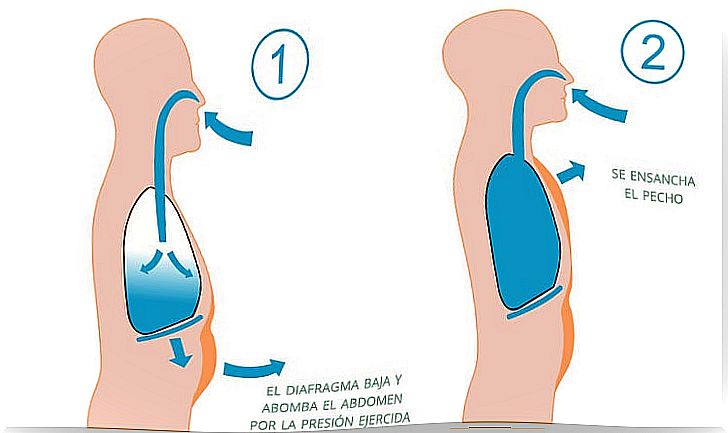
Diaphragmatic or abdominal breathing is the most classic to relax mind and body.
Not only can we practice it to alleviate our insomnia, but it is also very useful to channel stress, improve our attention, our digestions, our metabolism …
We give you the keys below:
- Sit up straight, comfortably.
- Put one hand on your abdomen and one on your chest.
- Now take a deep breath through your nose. You should notice how your abdomen swells (the diaphragm lowers and fills our belly because of the pressure exerted).
- Hold your breath for a few seconds and then exhale loudly through your mouth.
Repeat this cycle 8 times, rest and repeat again.
3. Alternate nasal breathing
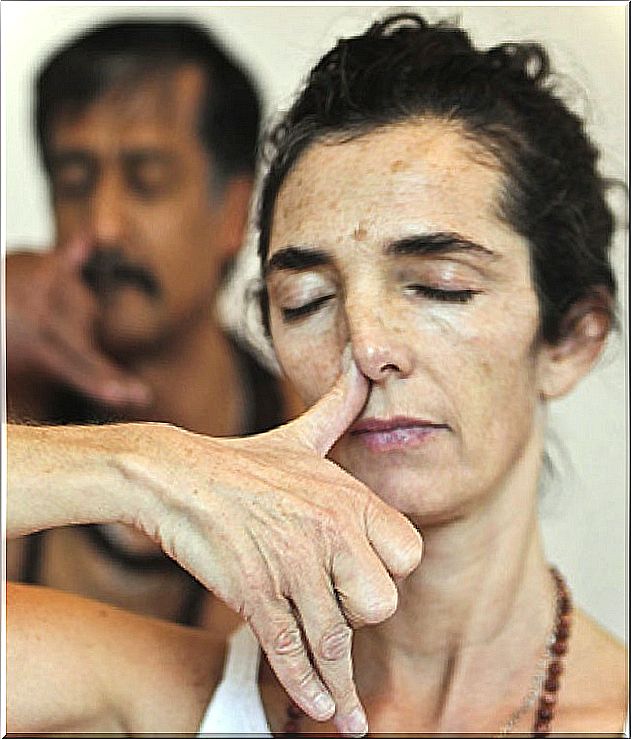
This exercise requires a little more practice and, although it may seem complex and even strange at first, it is actually very relaxing, cathartic, beneficial and very suitable for fighting insomnia.
These would be the steps:
- Sit comfortably and with a straight back.
- Now close the right nostril with your thumb and take a breath with only the left.
- When you reach the limit of inhalation, release the right nostril and close the left with the ring finger. Exhale.
- Repeat the cycle again, alternating in one pit and another.
4. Heavy breathing
The following breathing technique to combat insomnia is less well known. However, it will come in handy to combine it with any of the above strategies.
Take note and feel free to try it:
- As always, sit in a comfortable place with your back straight.
- Take a deep breath for a count of 7.
- Hold that air for 4 seconds.
- Now comes the most important part: exhale quickly and loudly. Do it as quickly as possible.
Repeat this technique 5 times and then breathe normally. Then do any of the breathing strategies above.
5. The square breath
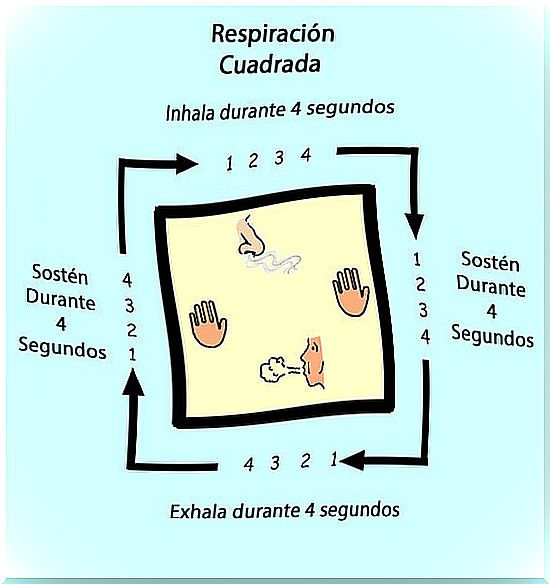
It is simple, it is useful and, if we get used to practicing it every night, after 10 days we will notice a great inner calm.
Almost without us noticing it will generate an ideal relaxation in our very own brain so that we can fall asleep.
Would you like to know how to carry it out? These are the steps.
Get comfortable (you can be sitting or lying down).
- Take a deep breath for 4 seconds.
- Hold that air for 4 seconds.
- Now breathe out for 4 more seconds.
- Don’t take your breath again in 4 seconds.
- Restart the cycle.
To conclude, as you have seen, these exercises are easy to carry out. If you dare to practice the whole series, it will take you just over 20 minutes.
Feel free to start today, because practice is how results come.
Valeria Sabater
Graduated in Psychology from the University of Valencia in 2004. Master in Safety and Health at work in 2005 and Master in Mental System Management: neurocreativity, innovation and sixth sense in 2016 (University of Valencia). Collegiate number CV14913. He took the course Nutrition and obesity: overweight control, offered by the National Autonomous University of Mexico (UNAM). Student of Social and Cultural Anthropology at UNED, Valeria Sabater has worked in the area of social psychology selecting and training personnel. Since 2008, she has been a psychology and emotional intelligence trainer in secondary schools and offers psycho-pedagogical support to children with development and learning problems. In addition, she is a writer and has received various literary awards.


